Ever heard of a custom tung oil mixture?
bsyptak
18 years ago
Related Stories

MOST POPULARThe Most Incredible Kids' Tree House You'll Ever See?
Duck your head to enter this unforgettable Dallas wonderwork, lovingly crafted with imaginative delights
Full Story
DECORATING GUIDES10 Design Tips Learned From the Worst Advice Ever
If these Houzzers’ tales don’t bolster the courage of your design convictions, nothing will
Full Story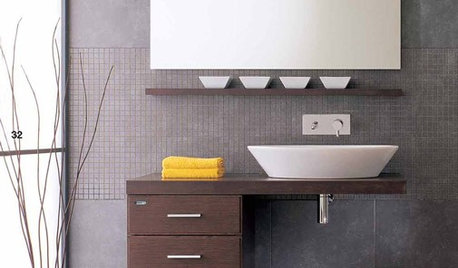
BATHROOM DESIGNBathroom Details: Show Off Your Sink Line
You heard right. Exposed sink traps have gone stylish, with more materials and matching fittings than ever
Full Story
WOODTry DIY Plywood Flooring for High Gloss, Low Cost
Yup, you heard right. Laid down and shined up, plywood can run with the big flooring boys at an affordable price
Full Story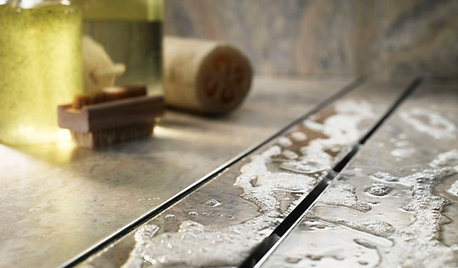
HOUSEKEEPING12 Cleaning Projects That Go a Little Deeper — Naturally
Eucalyptus oil for germy door handles. Baking soda for oven grime. Here are nontoxic solutions for often-overlooked cleaning jobs
Full Story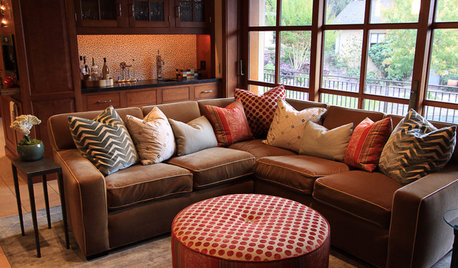
DECORATING GUIDESBulletproof Decorating: Upholstery That Stands Up to Anything
Kids and pets are no match for fabrics as durable as these, which meet higher style standards than ever
Full Story
FIREPLACESUpdated Woodstoves Keep Home Fires Burning
Better technology means more efficiency than ever for modern woodstoves
Full Story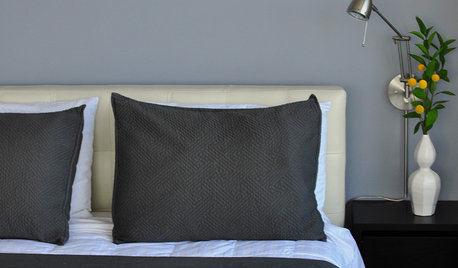
MOST POPULAR50 Shades of Gray
Gray is hotter than ever, thanks to a hit novel full of risks and dark secrets. Tell us: Which paint shade possesses you?
Full Story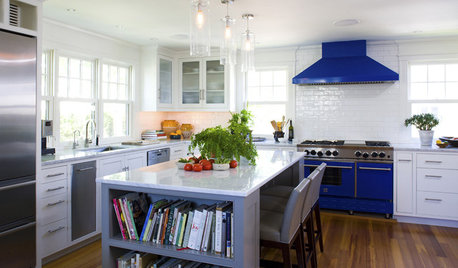
KITCHEN DESIGNSo Over Stainless in the Kitchen? 14 Reasons to Give In to Color
Colorful kitchen appliances are popular again, and now you've got more choices than ever. Which would you choose?
Full Story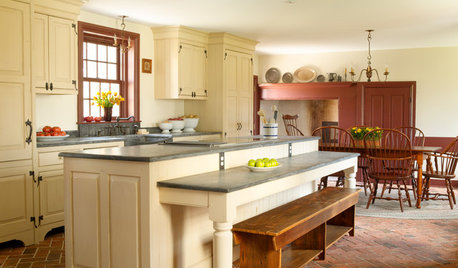
KITCHEN DESIGNKitchen of the Week: Modern Conveniences and a Timeless Look
A 1700s Pennsylvania kitchen is brought up to date, while custom cabinets and rustic finishes help preserve its old-time charm
Full StoryMore Discussions








corgilvr
Jon1270
Related Professionals
Wadsworth Cabinets & Cabinetry · Daly City Carpenters · Killeen Carpenters · Temple Carpenters · Athens Flooring Contractors · Bend Flooring Contractors · Fox Chapel Flooring Contractors · Franklin Square Flooring Contractors · Hudson Flooring Contractors · Norwalk Flooring Contractors · Raleigh Flooring Contractors · San Jose Flooring Contractors · Shoreline Flooring Contractors · San Diego Furniture & Accessories · Beverly Hills Furniture & AccessoriesbsyptakOriginal Author
chiefneil
Bill_Wilson
bsyptakOriginal Author
jim_k
mwal
kmealy
marineguy
boake_bellsouth_net
rhythmt_thevine_net